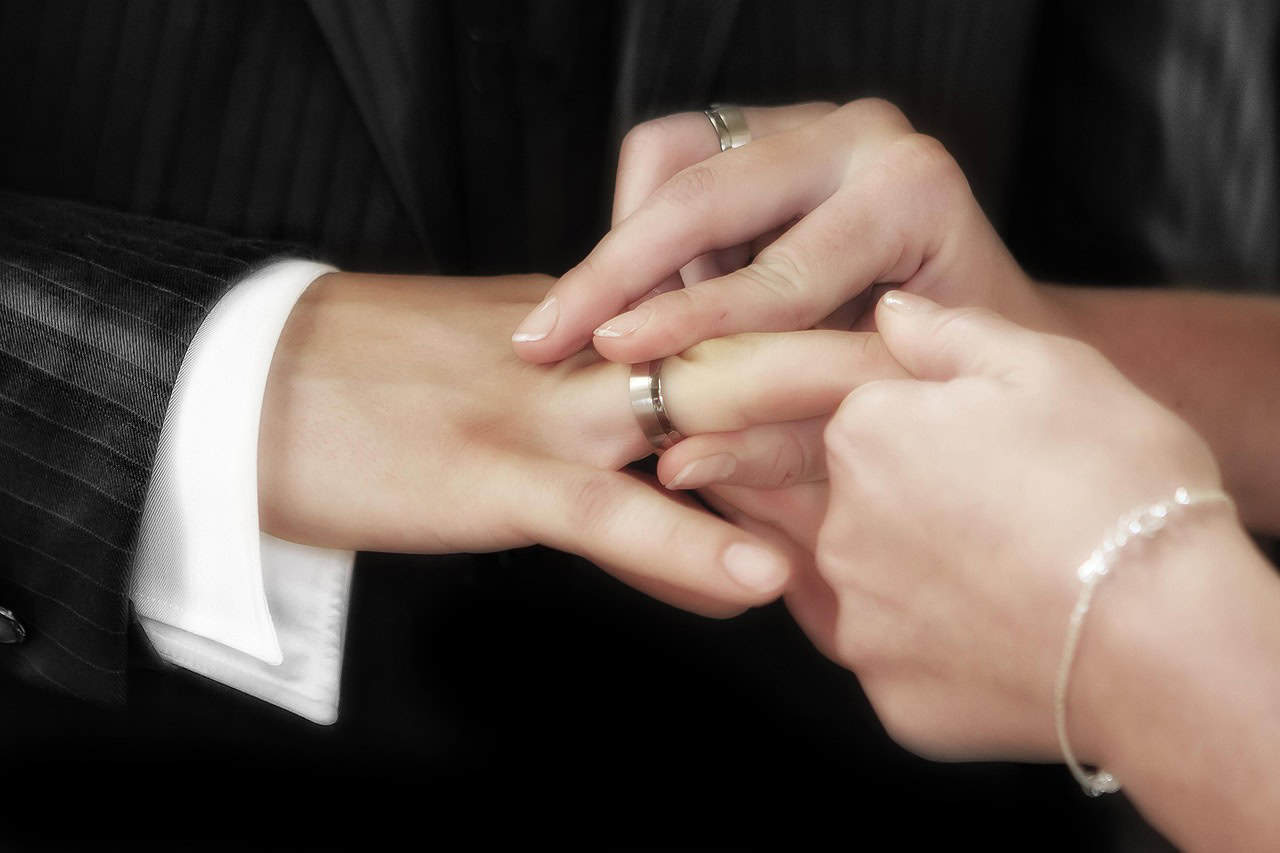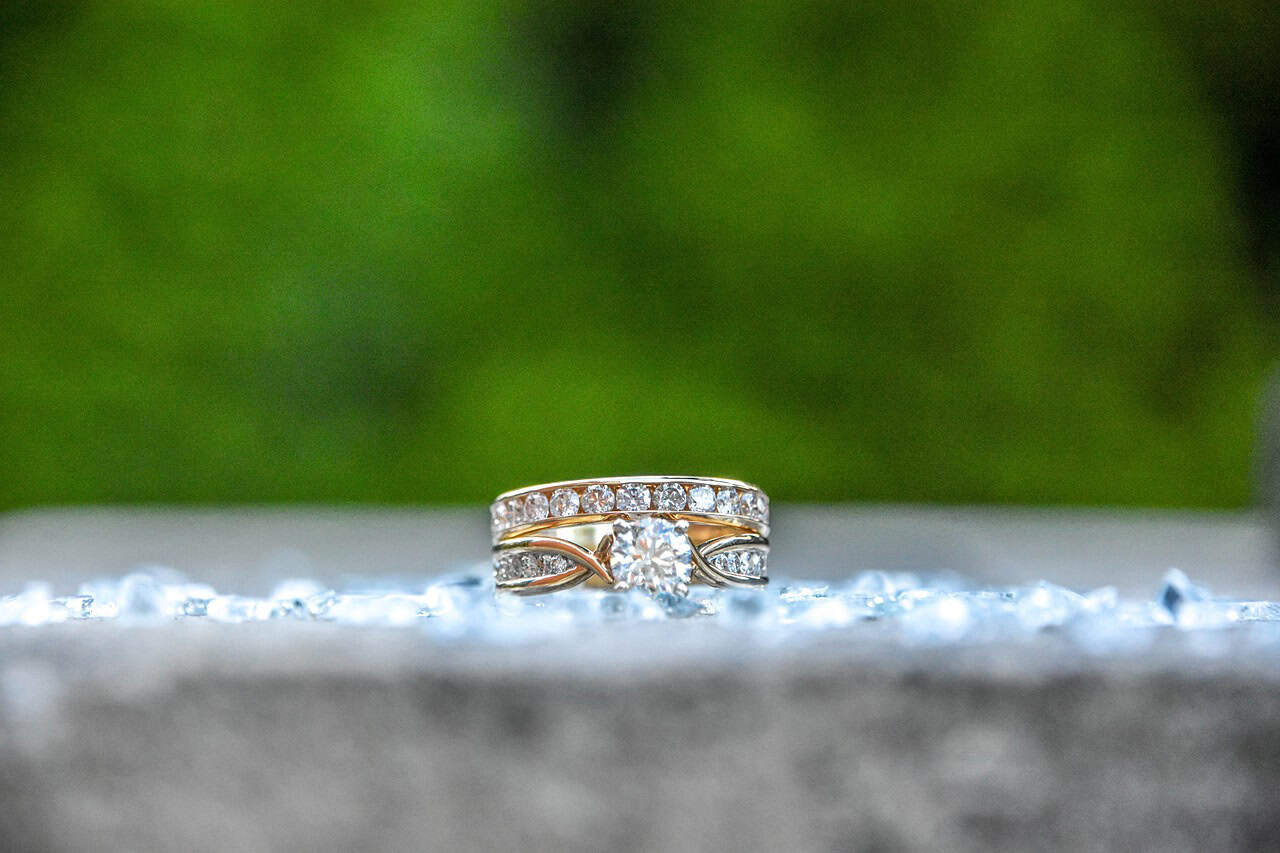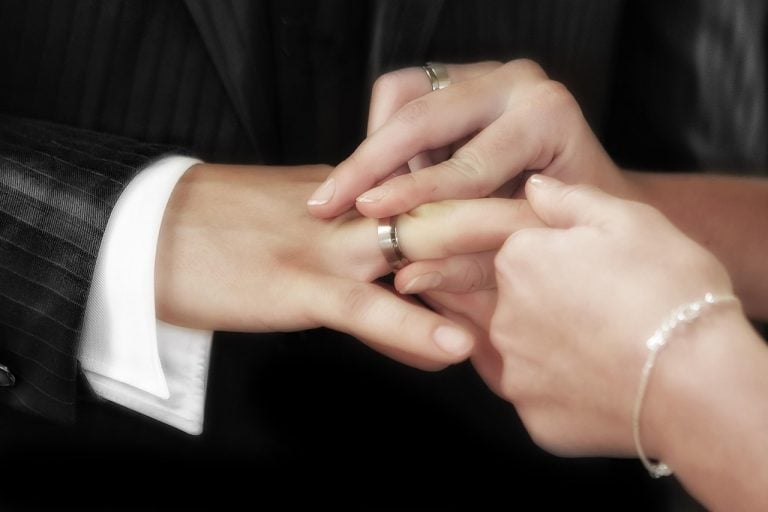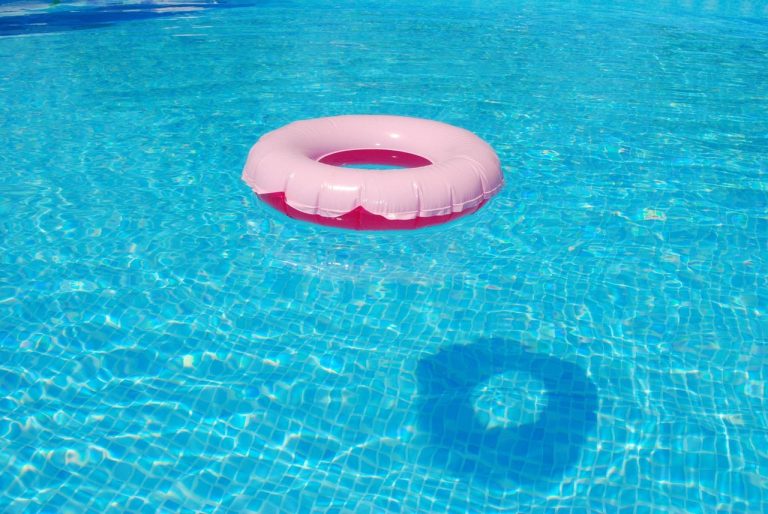Choosing a wedding band is a small decision that carries a large emotional weight. Many shoppers rush into a purchase because a ring looks good on the hand or because a widely shared style seems to be the default choice. Take a breath and break the process into clear steps that match your life, routine, …
Don’t Buy a Wedding Band Before Reading This Guide

Choosing a wedding band is a small decision that carries a large emotional weight. Many shoppers rush into a purchase because a ring looks good on the hand or because a widely shared style seems to be the default choice.
Take a breath and break the process into clear steps that match your life, routine, and future plans. A little forethought now will save hassle later and keep the focus on what the band will mean when it is worn every day.
Metal Options
Metals vary in color, durability, and cost, and each one has trade offs that affect how the ring will look and feel over time. Traditional yellow gold has warmth that ages gracefully, while white gold offers a modern sheen that often needs periodic replating to keep its bright finish.
Platinum is dense and hypoallergenic, which makes it a favorite for people who want a low maintenance metal that will develop a subtle patina rather than thin. Titanium and tungsten bring scratch resistance and a contemporary look, though they can be harder to resize if life brings changes.
Ring Width And Profile
Width and profile shape play a surprisingly large role in comfort and visual balance, so think about how the band sits next to fingers and any existing rings. Narrow bands can be elegant and subtle, while wide bands make a bold statement and may highlight imperfections on the finger.
Profile choices like flat, domed, or beveled determine how the ring hugs the finger and how it feels during daily tasks; a low profile typically catches less and is easier to slip on. Try on many widths and profiles for several minutes to see what stays comfortable after light activity and a bit of movement.
Matching The Engagement Ring

If an engagement ring exists, the wedding band must coexist with it in shape and wear, so pairing is as much about geometry as it is about harmony. Some engagement rings have settings that push a straight band away, so a contoured or notched band may be necessary to sit flush.
Alternatively, stacking multiple thin bands can create a united look without forcing a single wide band to fit awkwardly. Keep in mind that metal colors and surface finishes should complement each other, or the pair will fight for attention instead of working together.
Gemstones And Accent Stones
Decide whether the wedding band will carry stones or remain plain, because any gem choice affects durability, setting style, and overall care. Diamonds are hard wearing and can handle daily use, while softer stones such as opal or emerald require more caution and protective settings.
Channel and bezel settings protect stones better than prong settings and tend to snag less on fabric, making them practical for hands that are always busy.
Couples shopping for mens wedding bands with accent stones often find that subtle gem placement balances sparkle with everyday wear. Think about the visual rhythm you want, whether a single row of gems or a subtle scattering, and match that choice to your lifestyle.
Fit And Comfort
A tight ring can be a nuisance, and a loose ring risks loss, so getting the right size is more than a number it is a balance of fit with seasonal and daily swelling. Rings tend to fit differently based on width, so a wider band may require a slightly larger size than a slim one to feel comfortable.
Think about finger changes through the day, and try sizes when your hands are at normal temperature to avoid misreads from cold or heat. Comfort fit interiors with rounded inner edges often feel less intrusive, which is handy when you are wearing the band constantly.
Budgeting And Value
Budget talk need not drain the romance, but it does shape choices and expectations in practical ways, because price ties to metal, craftsmanship, and stones. A plan that matches what you want with what you can spend will limit impulse buys that later cause buyer regret.
Work with a trusted jeweler who explains trade offs clearly, so you can weigh long term wear and short term cost without pressure. Keep receipts and any certification for future resale or appraisal needs, as paper trails preserve both value and peace of mind.
Ethical Sourcing And Hallmarks
A growing number of buyers care about where metals and stones originate, and stamps on a band can tell a story about metal purity and maker identity. Look for hallmarks that indicate precious metal weight or alloy type, and ask questions about supply chain practices if ethical sourcing matters to you.
Many reputable sellers will provide traceability information or third party certification for stones, which helps match personal values with purchase choices. Clear labels and open answers from a jeweler are signals of trustworthy service rather than clever marketing.
Care And Maintenance
How much time you want to spend on upkeep should inform the type of finish and setting you pick, since some surfaces hide scratches better and some settings protect stones more effectively. A high polish finish shows scratches readily and may need periodic polishing, while brushed or satin finishes disguise wear but change character when buffed.
Regular checks for stone security and ring integrity are a sensible habit; a simple inspection every year can prevent bigger repair bills later. Learn cleaning methods that are safe for your specific metal and any stones, using gentle soap and a soft brush most of the time.
Resizing And Future Proofing
Think ahead to life changes such as shifts in finger size or changes in preferred style, and ask about resizing options before handing over money. Some metals resize more easily than others, and certain bands with heavy stone settings make resizing a technical challenge that adds cost.
If resizing is likely necessary, pick a metal and design that allow moderate adjustments without compromising the look or structure of the band. A clear resizing policy from the retailer and a modest repair warranty give flexibility for the years to come, helping the ring stay part of daily life rather than a source of future stress.








